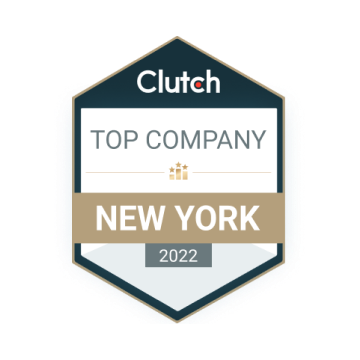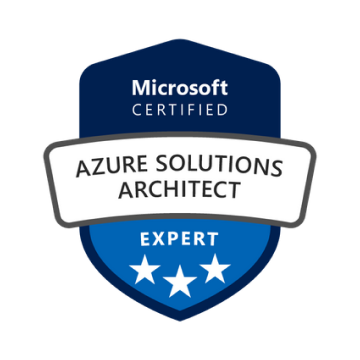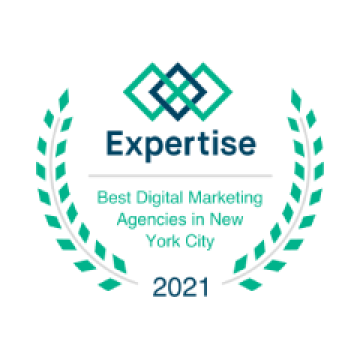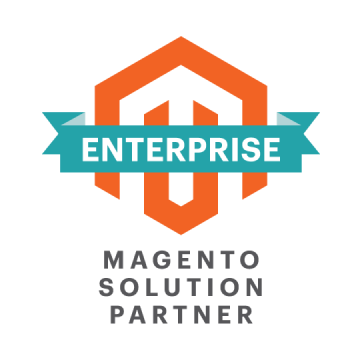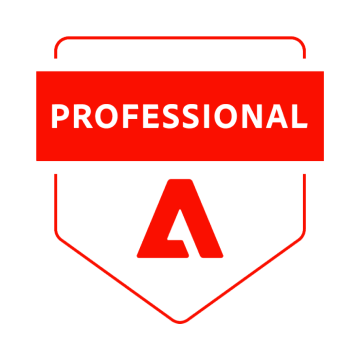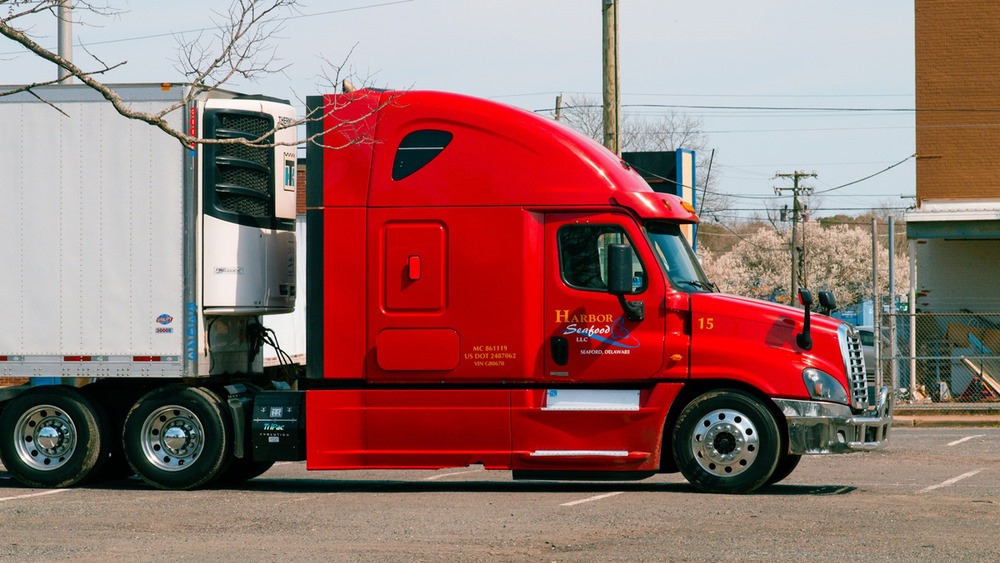Education Software Development
We design and build education software for the energy sector — learning platforms, LMS extensions, mobile training apps, and skills dashboards — so field crews, plant operators, and control-room teams get the right guidance at the moment of work. Certification tracking links to roles, sites, and assets; microlearning and job aids work offline; analytics show adoption and gaps you can act on.

Our Offerings
LMS Modernization and Extensions
We upgrade or extend your existing learning management system so it fits how energy operations actually run. That includes SSO via SAML or OpenID Connect, SCORM/xAPI support, role and site-based permissions, multi-tenant structures for business units or contractors, and a learning record store (LRS) for granular event data. We build modules for shift scheduling tie-ins, requalification windows, and procedure updates, so training tracks with assets, locations, and job roles.
Mobile and Offline Training Apps
Field teams often work with spotty connectivity. We build offline-first mobile apps that cache courses, job aids, and videos on the device, then sync completions, assessments, and signatures when back online. Admins can push critical updates to specific crews or sites, and device policies can limit downloads by role to keep storage lean. The result is training that follows technicians across plants, substations, rigs, or wind farms without losing data.
Skills and Certification Management
We map competencies to roles, sites, and equipment families, then automate assignment and recertification windows. Supervisors see who is qualified for a given permit-to-work, LOTO step, or high-risk task; workers see a clear path to the next credential. Expirations trigger notifications, and exception workflows handle temporary assignments with manager approval. Reporting is designed around audits and crew readiness, not only course completions.
Interactive Simulations and AR/VR
Hands-on practice reduces error in complex procedures. We build simulation modules — from browser-based scenario training to AR/VR exercises — that mirror real tasks like substation switching, turbine startup, or emergency response. Scoring captures decision points and timing, not just pass/fail. Content teams can update steps as SOPs evolve, so simulations stay aligned with plant reality.
Assessment and On-the-Job Verification
Knowledge checks are useful, but many energy tasks require observed practice. We add practical assessments that supervisors complete in the field with checklists, photo/video evidence, and e-signatures. Randomized question banks, item analysis, and remediation links support continuous improvement. For high-stakes roles, remote or in-person proctoring can be added with clear audit trails.
Content Authoring and Localization Pipeline
Your teams need a repeatable way to produce, review, and publish learning content. We integrate authoring tools like Articulate and Captivate, add templates for SOP-based microlearning, and wire in Git-style version control so updates are traceable. A lightweight translation workflow handles glossary terms, right-to-left languages, and media variants. The pipeline moves drafts to review to publish without manual copy-paste between systems.
Analytics, LRS, and BI Dashboards
Training data becomes useful when it connects to operations. We capture xAPI events into an LRS and expose data to BI tools like Power BI or Looker. Dashboards highlight adoption, time-to-competency, and skill gaps by site or asset class. You can correlate training with incident rates, downtime, or quality escapes to see where education software should focus next.
Contractor and Partner Onboarding Portals
Energy projects rely on external crews. We build onboarding portals where vendors register, upload documents, attest to policies, and complete required training before arriving on site. Integration with identity platforms limits access based on project or contract. Progress tracking gives procurement, HSE, and site managers a single view of who is ready to work.
How We Bring Value To Your Business
We build learning tools around real operations — so crews get competent faster, audits go smoother, and work continues safely across sites and shifts.
1
Faster competency
Role-based paths, microlearning tied to SOPs, and simulations reduce the ramp for new hires and cross-training. Offline access keeps progress moving during outages or remote assignments, and supervisors can see exactly who’s ready for a permit-to-work or a high-risk task.
2
Audit-ready training records
Certification rules map to sites, assets, and roles. Expirations trigger actions, exceptions require approval, and every completion or observation is time-stamped with source and verifier. When regulators or customers ask, you can pull clean evidence in minutes instead of chasing spreadsheets.
3
Safer, more consistent execution
Interactive simulations, on-the-job checklists, and QR-based job aids reduce variation in critical steps like LOTO, switching, and start-ups. Field evidence (photos, short clips, signatures) ties practice to outcomes, so you can spot weak points and fix them before they become incidents.
4
Lower total cost of ownership
We extend the LMS you already have where it makes sense and replace only what blocks progress. Integrations with HRIS and EAM/CMMS remove duplicate data entry, and phased delivery avoids big-bang cutovers. Your education software invests in what moves the needle, not in parallel platforms.
5
Ready for remote and shift work
Courses, SOPs, and videos cache on devices, then sync over limited bandwidth. Admins can target updates by crew, site, or contractor company, so people see only what they need. This keeps training reliable during maintenance windows, storms, or weak connectivity.
6
Training data that drives decisions
xAPI events feed your BI stack to show adoption, time-to-competency, and skill gaps by location or asset class. You can correlate learning with downtime, near-misses, or quality escapes to decide where to invest next and which programs to retire or redesign.
Challenges We Commonly Solve
Here are the sticking points we fix most often in energy training stacks — and how we approach each one.
Make training work at the job site, not just the desktop.
Why Choose WiserBrand
We focus on training that matches real work in energy, connects to your systems, and improves through data — not big promises, just working software and steady adoption.
1
Operations-first approach
Discovery happens on the floor and in the field. We map roles, assets, permits, and SOPs to the learning flow, then design education tools around those constraints: offline access, short modules tied to procedures, and assessments that capture evidence, not just scores.
2
Integration and data fluency
We connect the platform to what you already run: SSO (SAML/OIDC), HRIS for roles, EAM/CMMS for asset context, document control for current procedures, SCORM/xAPI with an LRS for granular events, and BI dashboards for leaders. Your education platform stops being an island and starts feeding the metrics you use to run operations.
3
Incremental delivery that sticks
We pilot with one site or crew, prove value, then expand. Releases land in small, safe steps — content pipeline, mobile rollout, simulations, contractor portal — so crews adopt the parts they need right away while we keep improving the rest.
Cooperation Models
Choose an engagement style that matches your timelines, risk appetite, and in-house capacity.
Start with a focused pilot for one site, role, or program (for example, switching procedures or contractor onboarding). We scope a thin slice end-to-end — content pipeline, mobile access, assessments, and reporting — then ship a working module in weeks. Success metrics are agreed up front (time-to-competency, audit pull time, completion rate under shift constraints). Once the pilot proves value, we expand by site or asset family using the same blueprint, so adoption grows without rework.
Embed a cross-functional team that operates as an extension of yours: product lead, UX, front-end, back-end, mobile, QA, and data engineering for LRS/BI. We run a clear cadence (backlog grooming, sprint planning, demos) with releases you can plan training around. This model fits larger roadmaps — LMS modernization, simulations, offline apps, and integrations with HRIS and EAM/CMMS — while giving operations, HSE, and learning leaders direct input on priorities.
Keep the education platform healthy and current after launch. We handle L2/L3 support, dependency and security updates, integration monitoring, and incident response. Content ops covers template upkeep, localization runs, simulation tweaks after SOP changes, and periodic data reviews to retire stale modules. The schedule aligns with outages, turnarounds, and seasonal contractor peaks, so training stays available when field teams need it most.
Our Experts Team Up With Major Players
Partnering with forward-thinking companies, we deliver digital solutions that empower businesses to reach new heights.
Our Approach
We deliver in small, safe increments that match plant reality and show value early.
Field Discovery and Mapping
We start on site and in control rooms. Roles, assets, permits, and SOPs are mapped to learning flows; we inventory your LMS, content, and integrations. Outcomes: a role–asset matrix, target paths for high-risk tasks, success metrics (for example, time-to-competency and audit pull time), and a clear risk and dependency list.
Pilot Slice, End-to-End
We pick one high-impact use case (switching, LOTO, or contractor onboarding) and ship a working slice: mobile access with offline caching, a short course tied to SOPs, an observed checklist with photo/video evidence, and a small dashboard. Crews use it in real shifts; feedback drives the next iteration.
Platform and Integration Work
We connect identity (SAML/OIDC), HRIS for roles, EAM/CMMS for asset context, and document control for current procedures. An LRS captures xAPI events; data contracts define fields, retention, and sharing with BI. We tune for low bandwidth and add monitoring so admins see sync status, errors, and adoption.
Content and Simulation Production
Authoring templates turn SOPs into microlearning, quizzes, and job aids. Simulations (browser or AR/VR) cover decision points and timing, not just pass/fail. Versioning tracks edits, localization runs through a simple pipeline, and QR codes open the right procedure for the asset in front of a technician. This is the backbone of your education content operations.
Rollout and Continuous Improvement
We expand by site, crew, or equipment family with a release cadence you can plan around. Admins get playbooks and training; help channels and SLAs keep questions moving. Dashboards surface gaps by site or role, monthly reviews retire stale modules, and a living backlog guides the next build.
Case Studies
Our case studies highlight the outcomes we’ve delivered and the approaches that made them possible.
Education Software Development FAQ
In most cases we extend what you have. We add SSO, SCORM/xAPI, and an LRS, modernize UX where needed, and connect to HRIS and EAM/CMMS. We only replace parts that block progress.
Courses, SOPs, and videos cache on the device; completions, assessments, photos, and signatures sync when a signal returns. Admins can target updates by crew, site, or contractor group, and you get a clear sync log for audits.
We sync roles from HRIS and asset context from EAM/CMMS, then drive assignments by permit-to-work needs, equipment families, and local rules. Supervisors see crew readiness by shift and location, including expirations and exceptions.
We pick one high-impact use case (for example, switching or contractor onboarding) and ship a thin, working slice: content, mobile access, field verification, and a small dashboard. Crews use it in real shifts, and the next iteration is planned from their feedback.
Authoring templates turn SOPs into microlearning and assessments, simulations cover key decision points, and versioning tracks every change. A lightweight localization workflow manages glossary terms and media, so education content stays aligned with engineering updates.
